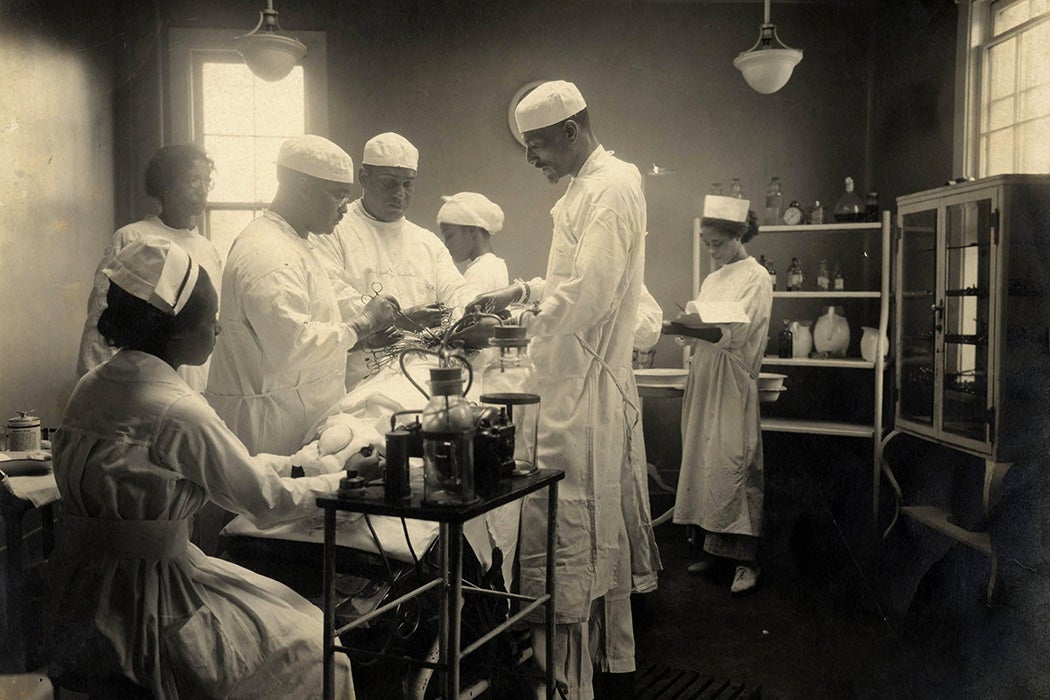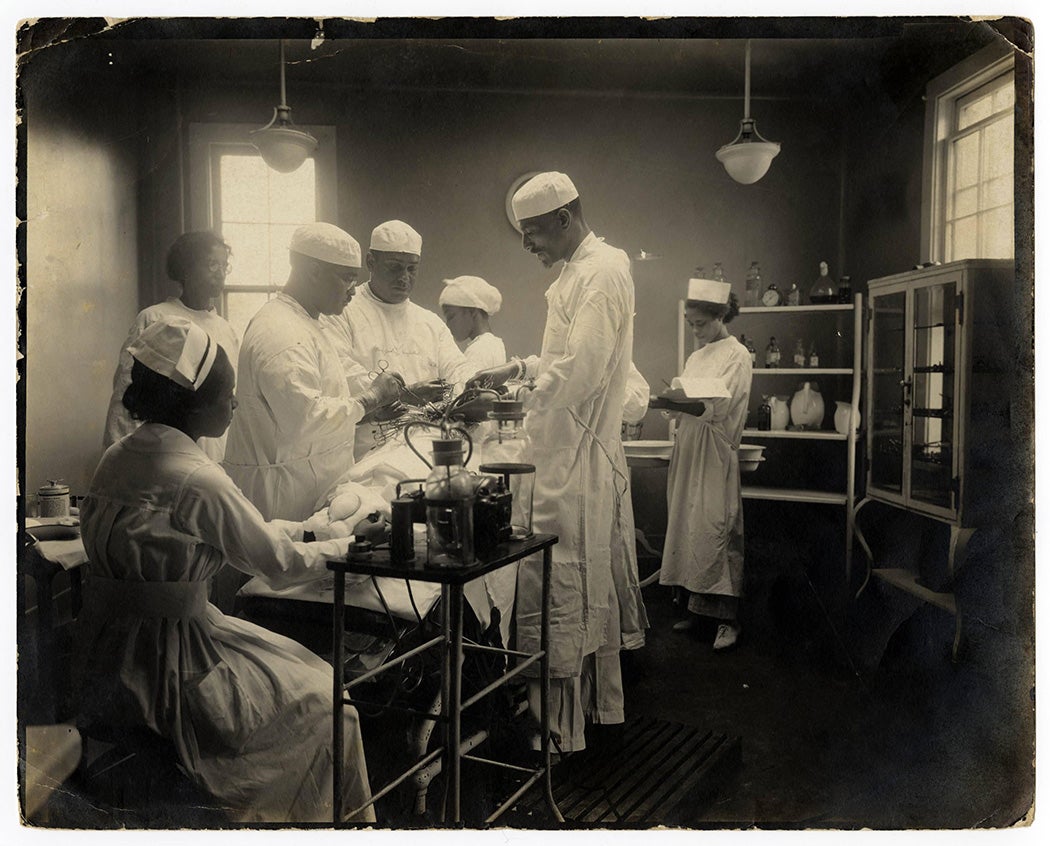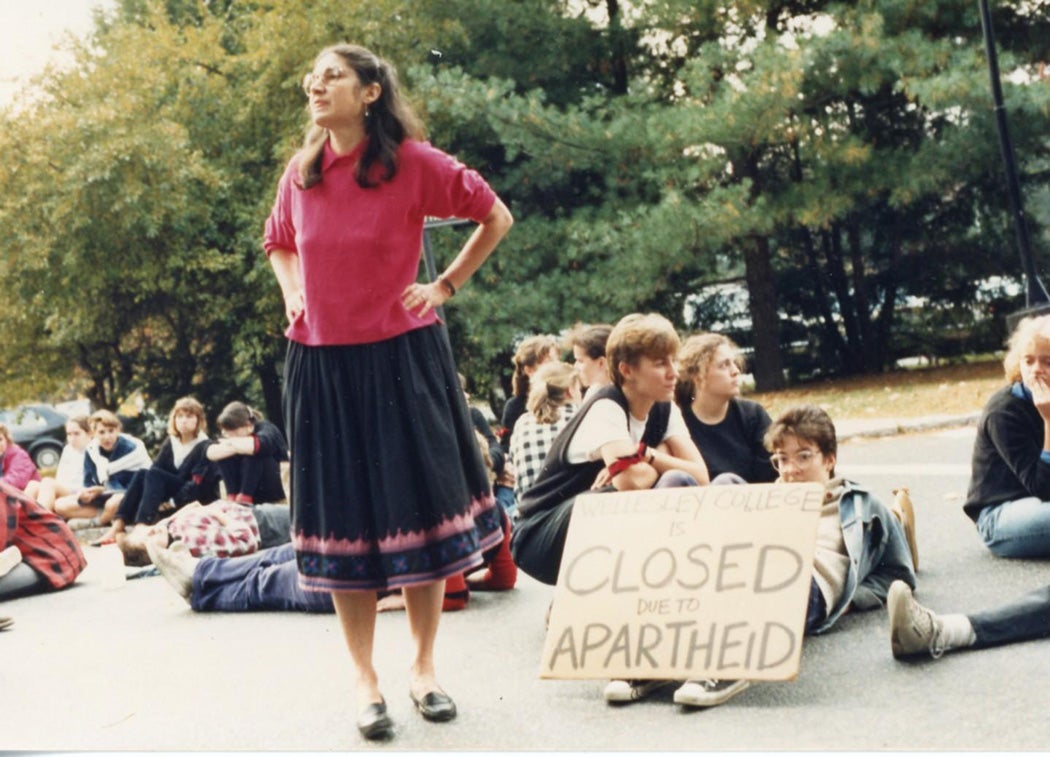We’re surrounded by visual material every day, all the time, whether we’re walking down the street or scrolling through a cellphone. But how often do we stop and consider how the objects or images or videos we encounter operate in the world? What is their purpose? Their meaning? How have history, society, and culture shaped this visual content, and how are they shaped by it? How do visuals affect us and our worldview?
Our abilities to encounter, seek, interpret, use, and create visual content is called visual literacy. While different disciplines define visual literacy in different ways, the Association of College and Research Librarians says that:
Visual literacy skills equip a learner to understand and analyze the contextual, cultural, ethical, aesthetic, intellectual, and technical components involved in the production and use of visual materials. A visually literate individual is both a critical consumer of visual media and a competent contributor to a body of shared knowledge and culture. [ACRL Visual Literacy Competency Standards for Higher Education, 2011]
For each of us—whether we identify as “learners” or not—developing visual literacy skills unlocks a way of learning about and understanding the world that cannot be replaced by any text. Without knowing it, you are already engaging in visual literacy practices that can be honed to expand your engagement with any subject you study on your own or in a class.
In my own classroom, I often watch students struggle with images. They interact with images almost constantly in their daily lives but are hesitant to extract meaning and draw conclusions from them when a text source isn’t provided to verify what they are seeing. Yet images can be one of the richest sources of information and can reveal what text may not.
This photograph provides a lens into a predominantly African-American hospital in New Orleans in the early 20th century. Yet it is tempting to view the photograph as simply an illustration, passing it by to seek a text source that provides insight into this time and place instead.
Images can also manipulate or deceive in ways that we may not initially notice without being equipped with visually literate habits. The following two images, for example, give remarkably different impressions of the same protest at Wellesley College on October 23, 1986.
Whether intentional or not, visual content can often leave an impression that does not match reality. Individual images, like text, cannot tell the whole story on their own. In isolation, they often lack the context needed to accurately interpret the content—something that may be difficult to recognize without agile visual literacy skills.
Over the next ten months, this column will introduce visual literacy concepts that will take you progressively deeper into the skills essential to being a visually literate person. Each column will introduce a visual literacy process or skill, from Learning to Look to Uncovering What’s Missing. That process will then be demonstrated with content from JSTOR Open Community Collections, and you will be invited to engage with the material yourself.
Weekly Newsletter
This column is intended for anyone curious to dig deeper into the visual content one might encounter on JSTOR Daily or anywhere out in the world. Each article builds on the previous but can be read individually. Each article is also intended to be a resource for educators interested in bringing visual literacy and JSTOR into their own classrooms, from grade school to grad school.
My hope is that this series empowers you to approach visual content critically and confidently, examining meaning and making discoveries as you encounter images of all kinds. I am excited to share this journey through visual content in art, history, science, and more with you!
Follow this “Learning to Look” column via RSS Feed.









